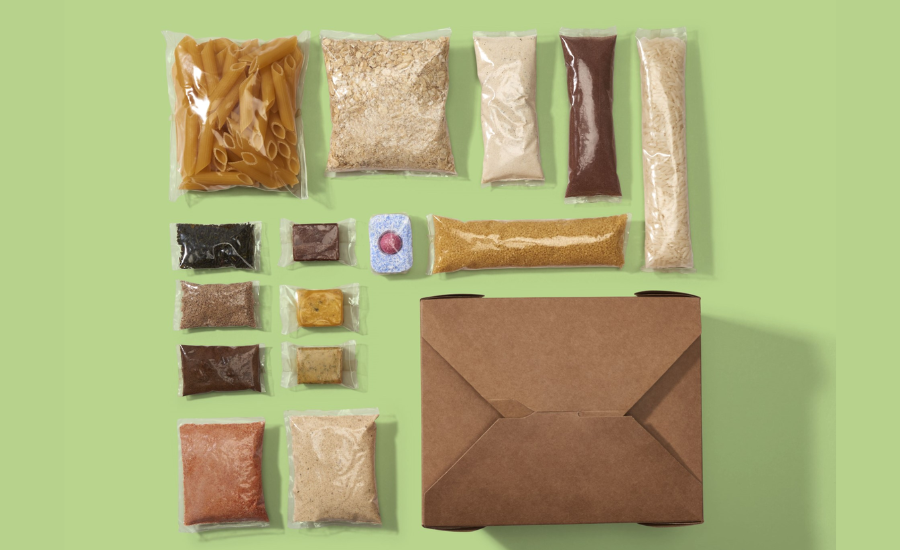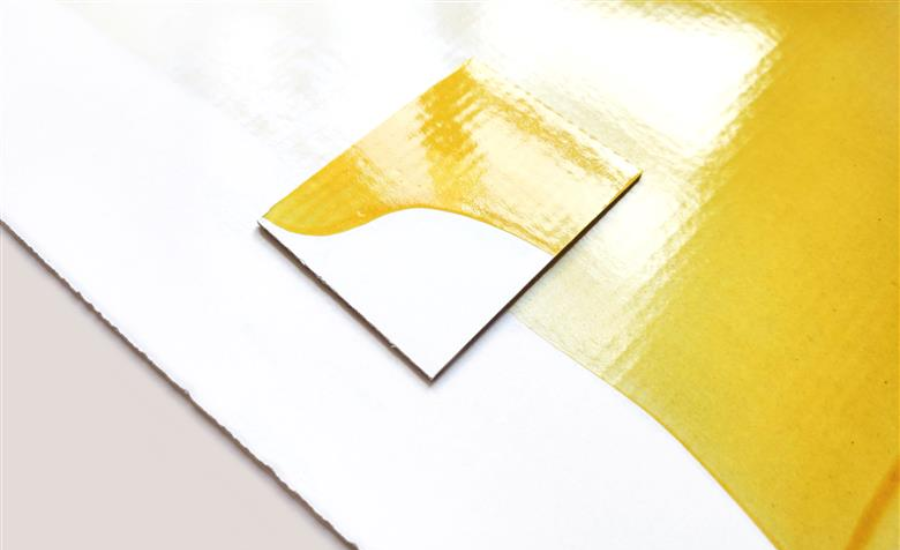Films & Coatings
Sustainability Takes Center Stage in Films and Coatings
Read about some key sustainability developments regarding films and coatings.

Sustainability has become a key issue when it comes to films and coatings. Courtesy of Xampla
When it comes to films and coatings in the packaging industry, sustainability has been a key factor as of late. With national governments across the world calling for environmentally friendly packaging and consumers sharing similar attitudes, packaging manufacturers have been tasked with designing films and coatings that are not only functional, but also sustainable.
Companies have tackled this challenge in a variety of ways. First, Huhtamaki reached a significant multi-year deal with 2M Group of Companies to use Xampla’s plastic-free Morro™ coating for its takeaway boxes, allowing for the replacement of traditional and less sustainable barrier coatings.
On the materials side, Mondi and traceless partnered to develop a new coating solution made from agricultural by-products, which led to significant greenhouse gas savings compared to traditionally used plastic.
Finally, Paramelt brought two unique coating solutions to the table with Paraflex Nowax, which is on par with polyethylene barriers despite being made from biodegradable materials, and Aquaseal, which is a fully recyclable, water-based coating.
Learn more about these developments below:
Huhtamaki Reaches Deal to Use Xampla's Morro™ Coating Polymer for Takeaway Boxes

The deal allows Huhtamaki to enhance its use of environmentally friendly packaging solutions. Courtesy of Xampla
Huhtamaki and 2M Group of Companies have announced the first ever multi-year supply deal to deploy Xampla’s plastic-free Morro™ Coating polymer to replace traditional barrier coatings in a range of takeaway boxes.
The deal between Huhtamaki and 2M Group of Companies will see Morro™ Coating deployed at scale in selected foodservice on-the-go applications, enhancing Huhtamaki’s wider use of alternative recyclable and compostable packaging solutions derived from renewable sources.
Huhtamaki’s UK manufacturing facilities supply innovative packaging solutions to leading global Quick Service Restaurants, Specialty Coffees and catering brands.
Mondi and Traceless Develop new Coating Solution Made from Agricultural By-products

The bio-circular coating will be able to replace traditionally used plastic coating. Courtesy of Mondi Group
Mondi, a global leader in sustainable packaging and paper, is partnering with advanced biomaterial engineers traceless to develop a new coating solution based on by-products from the agricultural industry. This innovative bio-circular coating solution is the first of its kind and will be able to replace traditionally used plastic coating.
There is an increasing demand for plastic alternatives in packaging solutions, and this new coating will respond to the demand directly: made from renewable plant-based materials, namely residues from the agricultural industry, it eliminates the need for fossil raw materials. traceless' consequential life-cycle assessment showed that the provision of traceless® material to the market leads to overall greenhouse gas savings of 76% from sourcing to disposal, if the material is used as a replacement for virgin PET. If only the production and disposal phase is considered, these savings add up to 95%. Also, the material is certified home compostable by DIN CERTCO according to NF T51-800.
Paramelt Coatings Help Reduce Environmental Impact of Packaging Material

The range makes fully recyclable and compostable paper-based packaging structures possible. Courtesy of Paramelt
When designing packaging in today’s context of the circular economy, not only the mere functionality of the packaging, but also the environmental impact has to be considered. Sourcing and end-of-life scenarios for the packaging material have become decisive criteria.
This has led to renewed interest in paper-based packaging. In combination with suitable coatings, they can offer the required barrier and heat-seal functionality needed for many packaging applications.
Paramelt provides two key platforms enabling the creation of high-performance packaging papers while maintaining the benefits of this highly attractive substrate:
Looking for a reprint of this article?
From high-res PDFs to custom plaques, order your copy today!







